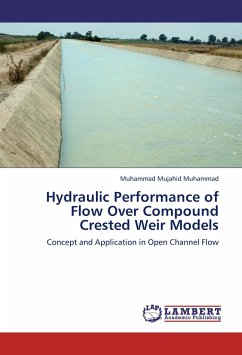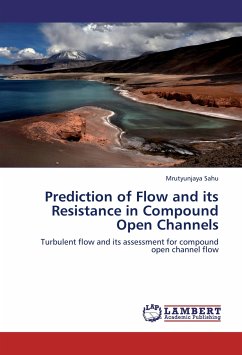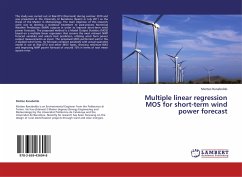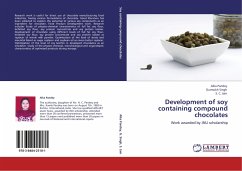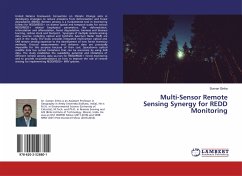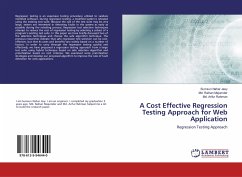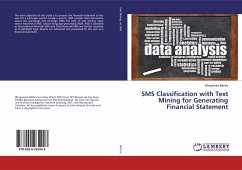In this book, the overflow characteristics of Compound crested weir models were investigated experimentally using a laboratory flume. The crests of these weir models consist of two parts; the upstream part has a quarter round shape while the downstream part has standard sharp crested weir shape. Series of experiments were conducted by measuring discharges and water heads over the weir models for different weir crest radii of R = 2.5cm, 3.5cm, 4.5cm and angles of weir inclination = 30, 45, 60 and 90° respectively to the direction of flow with a constant weir height P = 15 cm. It was observed that increase in the ratio of water head over the crest (h) to weir height (P) resulted in the corresponding increase in the discharge coefficient for all the weir models. The hydraulic performance for each of the weirs was determined in terms of the flow magnification factor. Hence, the model with R = 2.5 cm and = 30 was selected as the best model because it had the highest discharge coefficient and flow magnification factor of 1.326 and 1.555 respectively. Also, mathematical models were developed for predicting the discharge coefficient, based on the experimental data obtained.
Bitte wählen Sie Ihr Anliegen aus.
Rechnungen
Retourenschein anfordern
Bestellstatus
Storno

